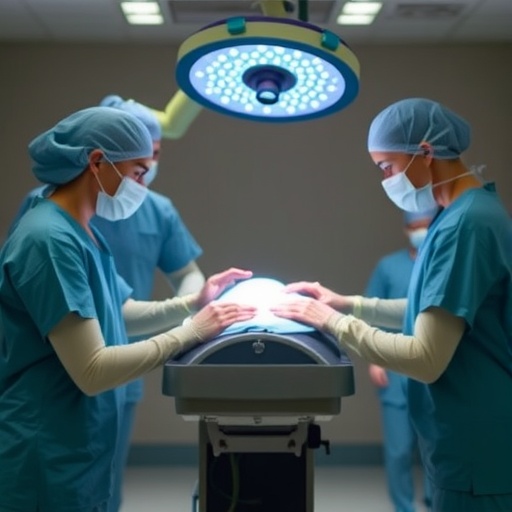Pheasants that more strongly favoured one foot over the other die younger than those that don't, new research suggests.
While it is commonly known that most humans strongly favour either their left or right side, other animals also show limb biases – although generally such preferences are weaker.
A new study, conducted by experts from the universities of Exeter and Lincoln, found that young pheasants show consistent individual preferences for stepping over a barrier using their left or right leg.
From a group of pheasants released into the wild at ten weeks old, the study showed that less than 45% of those that strongly favoured using their right or left foot were still alive seven and a half months later.
Meanwhile, more than 60% of those with the weakest preference for one side or the other had survived, according to the research.
Favouring one side of the body for certain tasks is believed to be evidence of lateralisation – where the two halves of the brain specialise in different tasks.
"Lateralisation is common in nature, with animals ranging from parrots and chimpanzees to bees and nematode worms showing evidence of favouring one side for specific tasks," said lead author Dr Mark Whiteside, of the University of Exeter.
"This is known to bring advantages, making individuals better at certain tasks. For example, chimpanzees that consistently favour a particular hand, regardless whether it is the right or the left, are better at fishing for termites. Likewise, strongly lateralised chickens are better able to detect food and model predators compared to their weakly lateralised companions.
"Given the advantages, it's something of a mystery why all animals haven't evolved to be highly lateralised.
"Our study gives us a clue by showing that, among pheasants, strongly favouring one foot seems to reduce survival chances. We don't yet know what causes this increased death rate."
The researchers believe the well-established advantages of strong lateralisation, combined with these new findings, could explain why low but persistent levels of "footedness" (favouring one foot) exist among pheasants.
This research forms part of a larger project looking at the evolution of cognition, run by Dr Joah Madden of the University of Exeter. He said "We often think about selection on the brain and cognition as favouring more extreme, specialised or 'clever' adaptations. This work demonstrates that stabilising selection might constrain this and prevent further exaggerations of cognitive processes."
Footedness among the pheasants was established by repeatedly presenting them with an obstacle and seeing which foot they used to step on to it. More than 100 captive-bred pheasants were tracked for the study, which was carried out in Devon.
###
The research was funded by the European Research Council.
The paper, published in the journal Scientific Reports, is entitled: "Low survival of strongly footed pheasants may explain constraints on lateralization."
Media Contact
Duncan Sandes
[email protected]
44-013-927-22391
@uniofexeter
http://www.exeter.ac.uk
http://dx.doi.org/10.1038/s41598-018-32066-1




